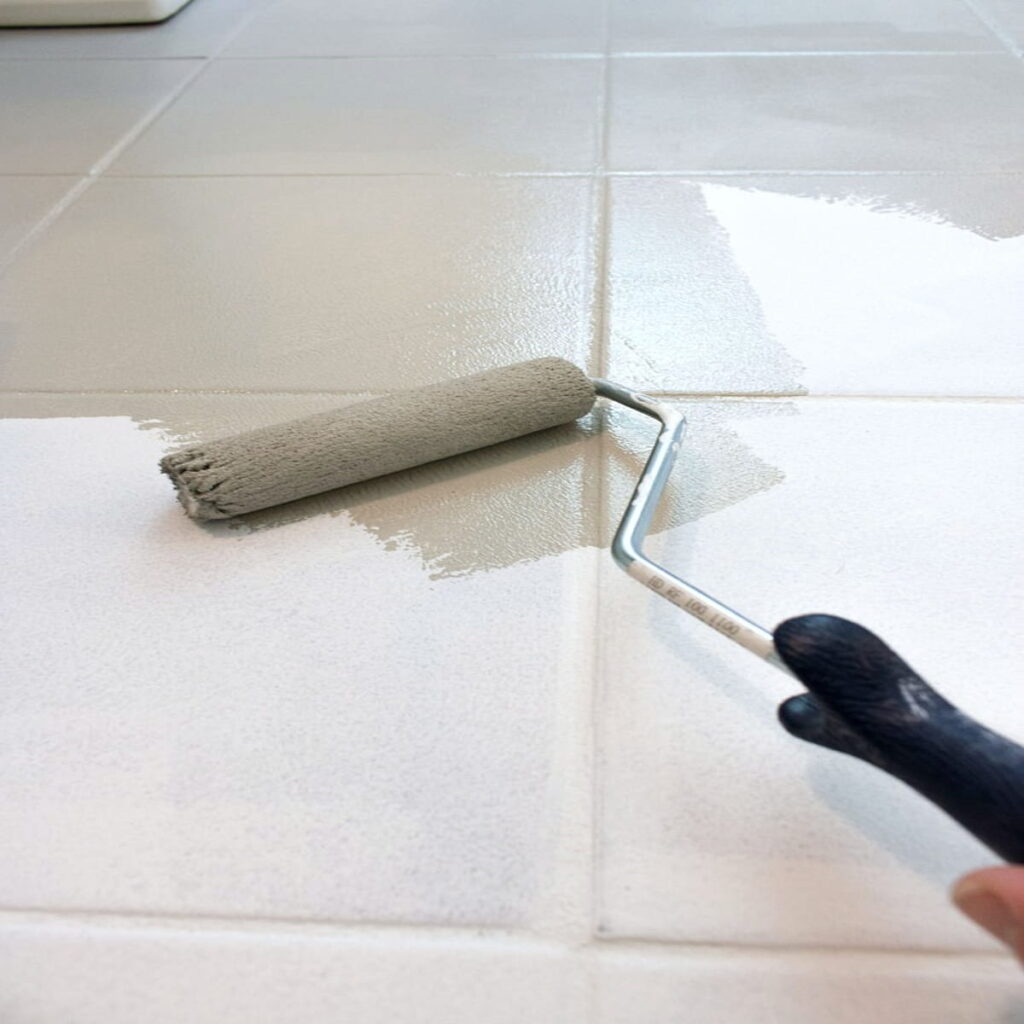Various Types of Rubber roofs have gained popularity in the roofing industry due to their durability, flexibility, and cost-effectiveness.
In this article, we’ll explore the various types of rubber roofs available (EPDM, TPO,PVC and Modified bitumen), their benefits, and key considerations for choosing the right one for your property.
Types Of Rubber Roofs
Types Of Rubber Roofs : EPDM Rubber Roofs
EPDM (Ethylene Propylene Diene Monomer) rubber roofs are one of the most common types used in residential and commercial buildings.
They are known for their excellent weather resistance, UV stability, and long lifespan.
EPDM roofs are typically black, but they can also come in white for increased energy efficiency by reflecting sunlight.
Benefits of EPDM Rubber Roofs
- Durability: EPDM roofs can last up to 50 years with proper maintenance.
- Flexibility: They can expand and contract with temperature changes without cracking.
- Low Maintenance: EPDM roofs require minimal upkeep, reducing long-term costs.
Types Of Rubber Roofs : TPO (Thermoplastic Polyolefin) Roofing Systems
TPO roofs are another popular choice, especially for commercial buildings.
They are made of a blend of polypropylene and ethylene-propylene rubber.
TPO roofs are known for their energy efficiency, as they can reflect UV rays and reduce cooling costs.
Advantages of TPO Roofing
- Energy Efficiency: TPO roofs can help lower energy bills by reducing heat absorption.
- Environmentally Friendly: They are recyclable and can contribute to LEED certification.
- Easy Installation: TPO membranes are lightweight and can be installed quickly.
Types Of Rubber Roofs : PVC (Polyvinyl Chloride) Roofing Membranes
PVC roofs are highly durable and resistant to chemicals, making them suitable for industrial and commercial applications.
They are made of two layers of PVC material with a polyester reinforcement layer for added strength.
Key Features of PVC Roofs
- Chemical Resistance: PVC roofs can withstand exposure to acids, oils, and other chemicals.
- Fire Resistance: They have a high fire rating, making them a safe choice for buildings.
- Longevity: PVC roofs can last over 30 years with proper maintenance.
Types Of Rubber Roofs : Modified Bitumen
Modified bitumen is one of the best types of rubber roofs that combines the durability of traditional bitumen (asphalt) with added modifiers to enhance performance.
Here’s a detailed explanation of modified bitumen roofing:
Types Of Rubber Roofs : Composition and Construction of Modified Bitumen
Modified bitumen roofs are typically constructed with a base layer of fiberglass or polyester reinforcement mat, followed by layers of asphalt modified with polymers or rubber compounds.
These modifiers improve the roof’s flexibility, weather resistance, and overall longevity.
Types Of Rubber Roofs : Types of Modifiers
- SBS (Styrene-Butadiene-Styrene): This modifier enhances flexibility and elongation properties, allowing the roof to expand and contract with temperature changes without cracking. SBS-modified bitumen roofs are ideal for areas with extreme weather conditions.
- APP (Atactic Polypropylene): APP modifiers provide excellent UV resistance and heat reflectivity, making them suitable for roofs exposed to direct sunlight and high temperatures. APP-modified bitumen roofs are often installed in warmer climates.
Types Of Rubber Roofs : Installation Methods of Modified Bitumen
Modified bitumen roofs can be installed using various methods:
- Torch-Applied: In this method, the modified bitumen sheets are heated with a torch during installation, allowing them to adhere to the substrate.
- Cold-Applied: Cold-applied modified bitumen is installed using adhesives or self-adhering sheets, eliminating the need for open flames during installation.
- Hot-Mopped: This method involves heating the modified bitumen and applying it with a mop or squeegee, creating a seamless waterproof membrane.
Types Of Rubber Roofs : Benefits of Modified Bitumen Roofing
- Durability: Modified bitumen roofs have a longer lifespan compared to traditional bitumen roofs, often lasting 20-40 years with proper maintenance.
- Flexibility: The added modifiers improve flexibility, making the roof resistant to cracking and damage from thermal cycling.
- Weather Resistance: SBS-modified bitumen roofs offer excellent resistance to extreme weather conditions, including heavy rains, snow, and hail.
- Energy Efficiency: Some modified bitumen products are available in light-colored or reflective surfaces, reducing heat absorption and cooling costs.
- Easy Repairs: Damaged sections of modified bitumen roofs can be easily repaired by patching or applying new layers, extending the roof’s lifespan.
Types Of Rubber Roofs : Considerations for Modified Bitumen
- Installation Expertise: Proper installation is crucial for the performance and longevity of modified bitumen roofs, requiring skilled roofing contractors familiar with the specific installation methods.
- Maintenance: Regular inspections and maintenance, such as cleaning debris and checking for any signs of damage, are essential to prolong the roof’s lifespan.
- Cost: While modified bitumen roofs offer durability and performance benefits, they may have higher upfront costs compared to traditional asphalt roofs.
In summary, modified bitumen roofing is a durable and flexible option that combines the benefits of traditional bitumen with added modifiers for improved performance.
It’s suitable for various climates and offers longevity, weather resistance, and energy efficiency when installed and maintained correctly.
Types Of Rubber Roofs : Comparing the Different Types of Rubber Roofs
When comparing TPO, EPDM, PVC, and Modified Bitumen roofing systems, several factors come into play, including cost, durability, installation complexity, and maintenance requirements.
TPO roofs offer energy efficiency and environmental benefits, while EPDM roofs excel in weather resistance and ease of installation.
PVC roofs stand out for their strength and fire resistance, whereas Modified Bitumen roofs are known for their durability and waterproofing capabilities.
Types Of Rubber Roofs : Parting Words
In conclusion, understanding the characteristics and benefits of TPO, EPDM, PVC, and Modified Bitumen roofing systems is crucial for making informed decisions in roofing projects.
Each type of rubber roof offers unique advantages and applications, catering to different building requirements and environmental conditions.
By choosing the right roofing material based on factors such as climate, budget, and long-term maintenance, property owners can ensure durable, reliable, and energy-efficient roofing solutions for their buildings.
Whether it’s a commercial complex, residential property, or industrial facility, rubber roofs provide versatile and cost-effective options for protecting and enhancing the lifespan of structures.
ALSO READ
How To Paint A High Ceiling On Stairs Easily and Safely
Ceiling Tiles Asbestos How To Recognize Almost Instantly
Average Size Of Home Swimming Pool You Wish You Knew Before










One Comment